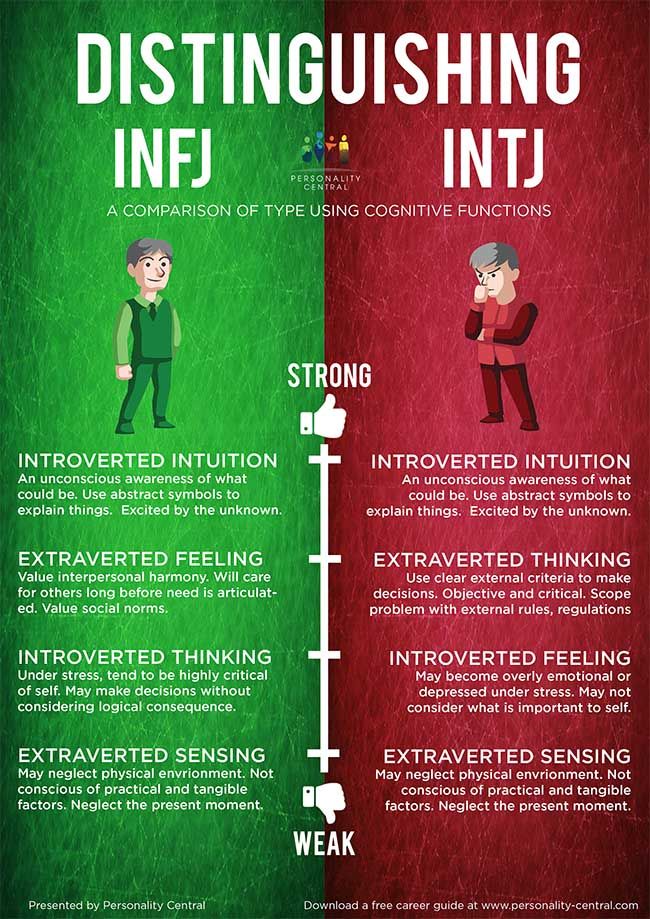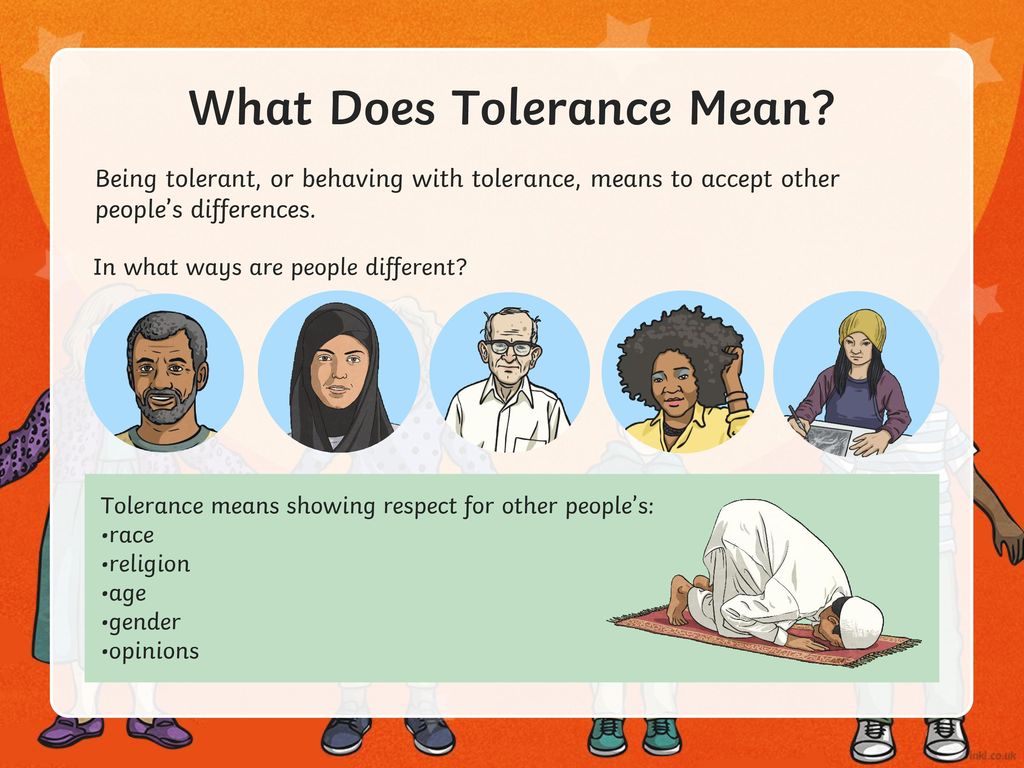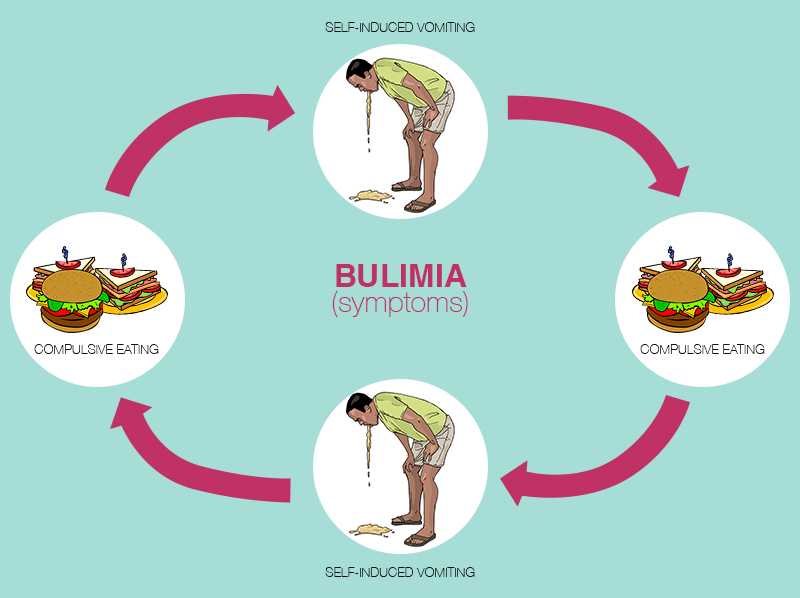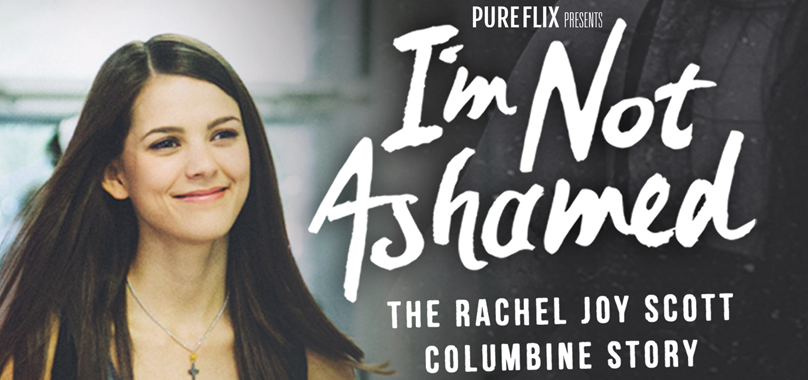To many choices
Is Having Too Many Choices (Versus Too Few) Really the Greater Problem for Consumers?
A few decades ago, the idea that there could ever be too much choice was, for some, a controversial claim. It ran against cultural narratives—especially in the United States—and classic economic theory that assumed having more options was always better than having fewer. A larger assortment of alternatives, so conventional wisdom went, gave each of us a better shot at finding something that better satisfied our preferences. And, if any of the additional options didn’t appeal to us, we were free to ignore them.
Yesterday’s conventional wisdom no longer seems so conventional today. Over the past few decades, a large body of research has repeatedly shown that when people experience choice overload—when they face more options than they desire—they can experience a wide range of negative outcomes, from frustration and confusion to regret, dissatisfaction, and even choice paralysis.
Yet the story of how the number of choices we have affects our decision-making is about to take another turn. In a recent study with over 7,000 participants from six countries, we found that choice deprivation—a feeling of not having enough to choose from—not choice overload is the most common consumer experience in both trivial and highly consequential domains. And choice deprivation isn’t just more common—it’s also more harmful to choice satisfaction than overload.
In a recent study with over 7,000 participants from six countries, we found that choice deprivation, not choice overload, is the most common consumer experience in both trivial and highly consequential domains.
For many of us, the phenomenon of choice overload resonates with our everyday experiences of decision-making. How often, for instance, does a seemingly simple trip to the grocery store become overwhelming when we face aisle after aisle of options? And that’s not to mention the impossible burden of sorting through limitless products when shopping online or choosing a home to buy that meets all our criteria.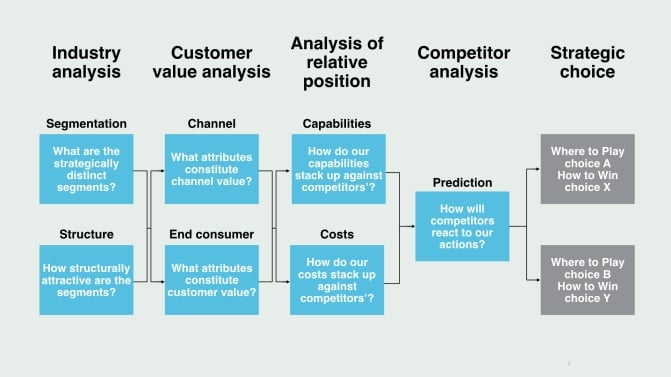 Choice overload has even achieved a cultural influence that is rare for scientific ideas, earning mention in sources as varied as long-running TV drama Grey’s Anatomy and Torrey Peters’s bestselling novel Detransition, Baby.
Choice overload has even achieved a cultural influence that is rare for scientific ideas, earning mention in sources as varied as long-running TV drama Grey’s Anatomy and Torrey Peters’s bestselling novel Detransition, Baby.
Choice overload pervades decision-making research as well, where, given the focus on overload versus deprivation, one might assume that having too much choice has become one of the most common problems plaguing consumers today.
This focus on overload matters. Managers, marketers, and policymakers design product lines, spearhead advertising campaigns, and consider new policies through the lens of preventing overload. Indeed, based on the findings from choice overload research, several Fortune 500 companies, prominent organizations, and governments decided to shrink their product lines and limit the breadth of their offerings to simplify the choice for their customers. All this with the aim to increase customer satisfaction and to prevent people from leaving empty-handed because they are too overwhelmed.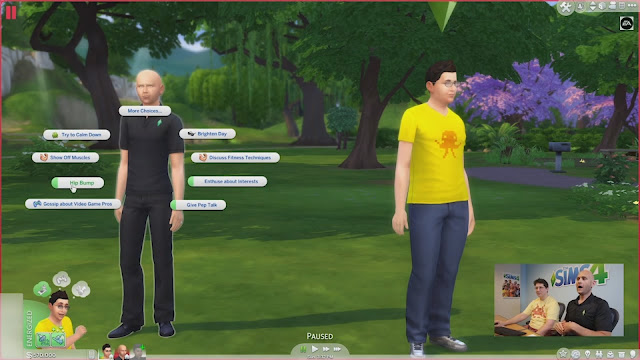
Because there is so much emphasis on overload rather than deprivation, we wanted to take a step back and empirically examine several questions about choice overload that, perhaps surprisingly, have been overlooked or taken for granted: Just how ubiquitous is the problem of choice overload compared to choice deprivation? Is having too many choices (versus too few) really the greater problem for consumers? And are experiences of overload and deprivation, and their impact on satisfaction, universal?
Just how ubiquitous is the problem of choice overload compared to choice deprivation? And are experiences of overload and deprivation, and their impact on satisfaction, universal?
First, we aimed to understand whether the dominating focus of research on choice overload in comparison to choice deprivation reflects the actual frequency with which consumers face these two states in their natural environments. How often do people feel like they have too few versus too many options?
Second, we wanted to compare the consequences of consumers’ experiences of choice overload to those of their experiences of choice deprivation: How strongly do overload and deprivation hurt choice satisfaction? Because almost all of choice overload research has been conducted in Western cultural contexts (and especially in the U.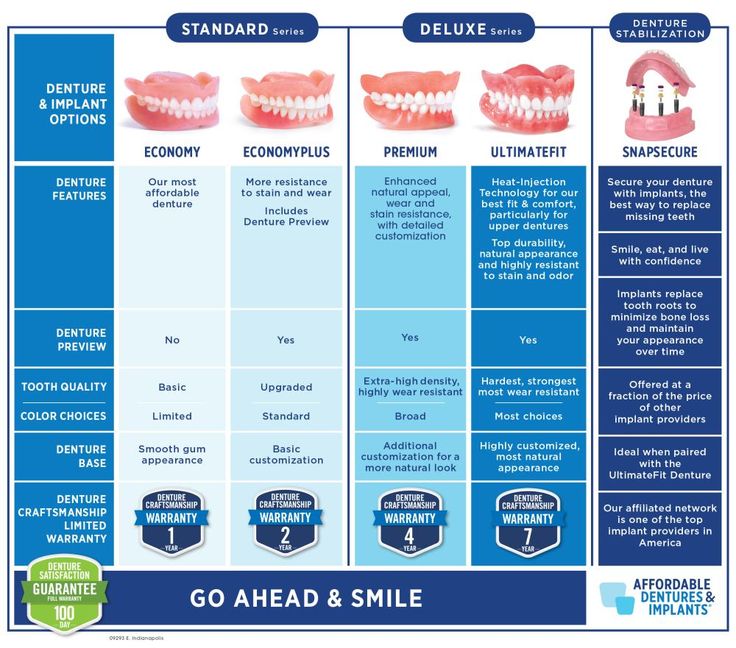 S.), we also wanted to examine choice overload and deprivation across different cultural contexts to explore whether the perceptions about choice are universal or variable in different societies.
S.), we also wanted to examine choice overload and deprivation across different cultural contexts to explore whether the perceptions about choice are universal or variable in different societies.
We recruited about 7,400 participants from six countries—China, Japan, India, Russia, Brazil, and the U.S.—to complete a survey about how they experience choice. Participants were quite diverse, which also makes our study unique. Rather than being recruited from a student population, participants were more representative of actual consumers: in most countries the age of participants ranged from 18 to 65+; participants included those who had high, medium, and low income; they came from different educational backgrounds, including those who received almost no education to participants who graduated from universities; and participants ranged from those with full and partial employment to those without employment.
We asked participants about their experiences of choice in six different domains that ranged from everyday consumer choices (soft drinks) to more consequential consumer domains (cars, homes) and finally to extremely important life domains (physicians, jobs, and education). For each of these domains, we asked them about choice across three dimensions—their estimated number of choices, their ideal number of choices, and how satisfied they were with those choices.
For each of these domains, we asked them about choice across three dimensions—their estimated number of choices, their ideal number of choices, and how satisfied they were with those choices.
Choice deprivation was clearly the most common experience, with participants reporting have too few options 51 percent of the time. In contrast, participants reported having more options than desired only 14 percent of the time.
We defined experiences of choice overload as cases where the number of options participants reporting having was larger than the number of options they said they would ideally want to have. Conversely, we defined experiences of choice deprivation as cases where the number of options participants reported having was smaller than the number of options they said they would ideally want to have. Of course, it was also possible that participants reported having the number of options they would ideally want, in which case they experienced neither overload nor deprivation.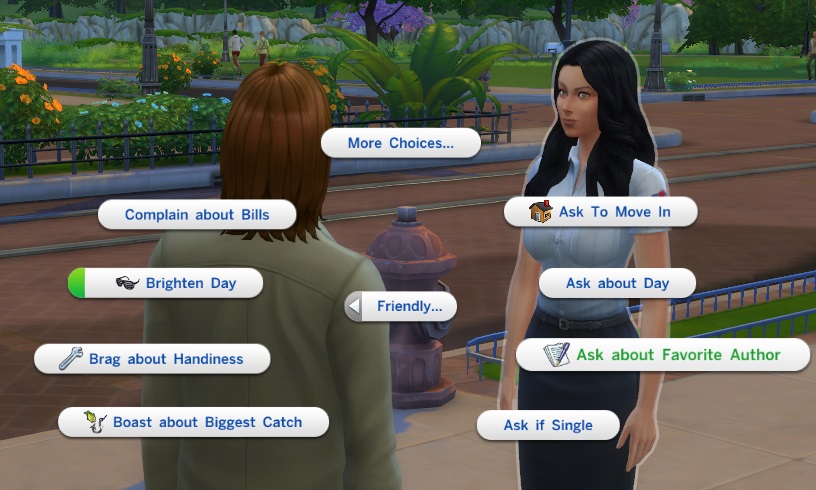
Here’s what we found. Looking first at the frequency of choice experiences, we found a pattern that would run counter to perspectives that assume overload is ubiquitous. Overall, choice deprivation was clearly the most common experience, with participants reporting have too few options 51 percent of the time (see Figure 1). In contrast, participants reported having more options than desired only 14 percent of the time. The other 35 percent of the time, participants had the number of options they would ideally want.
In some countries, choice overload was very rare across all domains—Russian and Indian participants, for instance, only ever reported experiencing overload, respectively, 6 percent and 5 percent of the time. Even in the U.S., large numbers of participants really only reported experiencing overload when choosing homes or soft drinks. Thus, broadly speaking, choice deprivation appears to be a much more frequent problem across the globe than choice overload.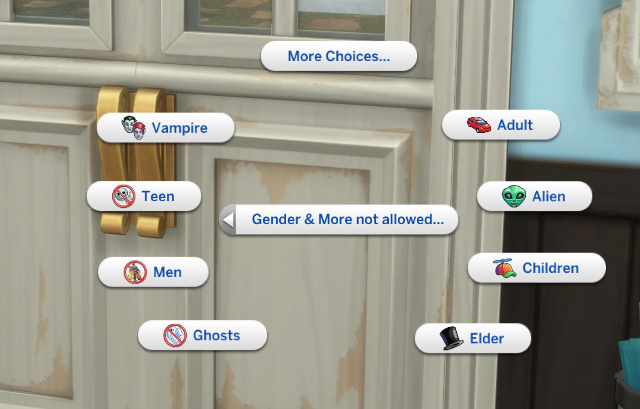
Figure 1: “Overall perceptions of choice aggregated across six countries and six domains.” Source: Reutskaja, 2022.
Deprivation also appears to be a more consequential problem than overload. Existing theory posits that choice satisfaction typically relates to choice set size in an inverted-U pattern, where both deprivation and overload negatively affect choosers to more or less the same extent. But there is a dearth of work that actually examines this pattern in people’s everyday lives. When we compared the size of the effect overload and deprivation had on participants’ reports of satisfaction with their choices, deprivation emerged as a stronger factor in most cases. Participants were less satisfied with their choices both when they had too many and when they had too few in comparison to the “optimal” number of choices, and this was true whether participants reported experiencing a large degree of overload or deprivation (e.g., having many more or many fewer options than desired) or having only a small degree of overload or deprivation. But, importantly, having too few was worse than having too many. Sometimes this pattern emerged dramatically—in the U.S., for example, having too few doctors to choose from could make you six times less satisfied than having too many.
But, importantly, having too few was worse than having too many. Sometimes this pattern emerged dramatically—in the U.S., for example, having too few doctors to choose from could make you six times less satisfied than having too many.
Finally, we observed important cross-cultural differences—most notably, not only was overload less frequent in the non-Western countries, sometimes it wasn’t even harmful. Indeed, in some domains in Japan and China, having more options than desired wasn’t negatively related to satisfaction, and might therefore not really be “overload” at all, whereas overload reliably predicted dissatisfaction in the other countries. In contrast, choice deprivation was consistently related to dissatisfaction in all six countries.
Figure 2: “Perceptions of choice across countries and domains.” Source: Reutskaja, 2022.
Our approach has several advantages that differentiate it from typical research on choice overload. The typical study randomly assigns participants in the lab or field to either a small assortment (e.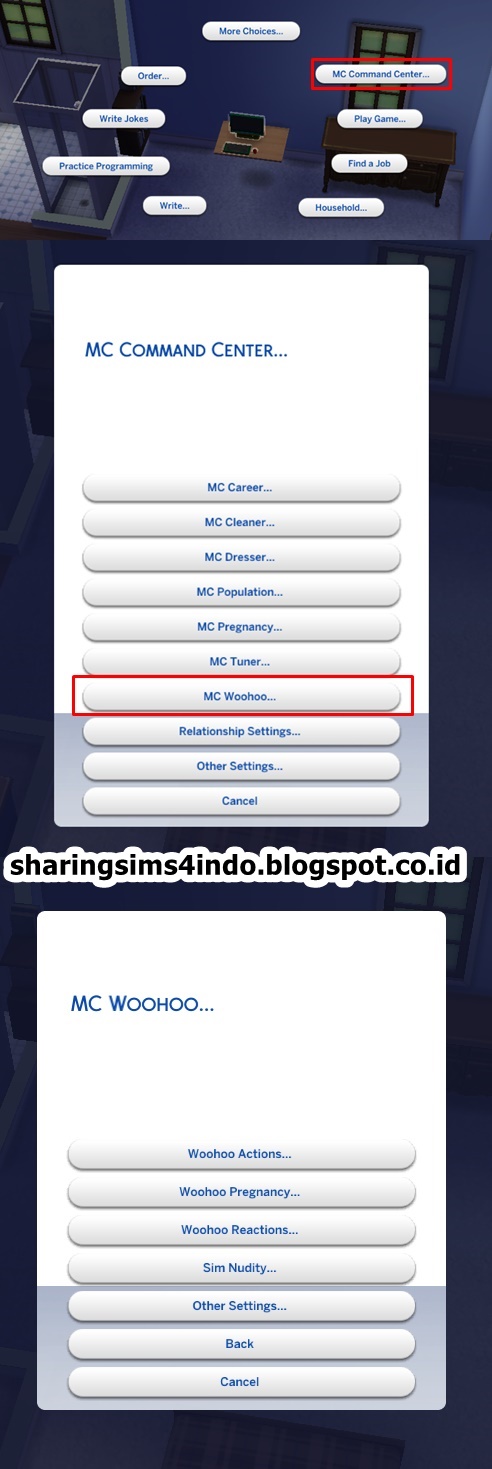 g., five options) or a large assortment (e.g., 30 options). This kind of design is essential for testing causal processes, and it has provided a strong foundation for the past two decades of research. But predefining choice sets also has some limitations. For example, we know that there are individual and group differences in how many options people want to choose from, so not everyone who chooses from 30 options will feel overwhelmed—some many even feel deprived relative to their ideal.
g., five options) or a large assortment (e.g., 30 options). This kind of design is essential for testing causal processes, and it has provided a strong foundation for the past two decades of research. But predefining choice sets also has some limitations. For example, we know that there are individual and group differences in how many options people want to choose from, so not everyone who chooses from 30 options will feel overwhelmed—some many even feel deprived relative to their ideal.
A second limitation of these experiments is that they don’t tell us about people’s experiences in their everyday lives—what kinds of assortments do they encounter when making real decisions outside of controlled experimental contexts? Finally, a third limitation of experimental approaches is that they don’t let us examine degrees of overload or deprivation—in everyday life, consumers encounter some assortments that are much different (smaller or larger) than they would want and others that are only slightly different than they would want.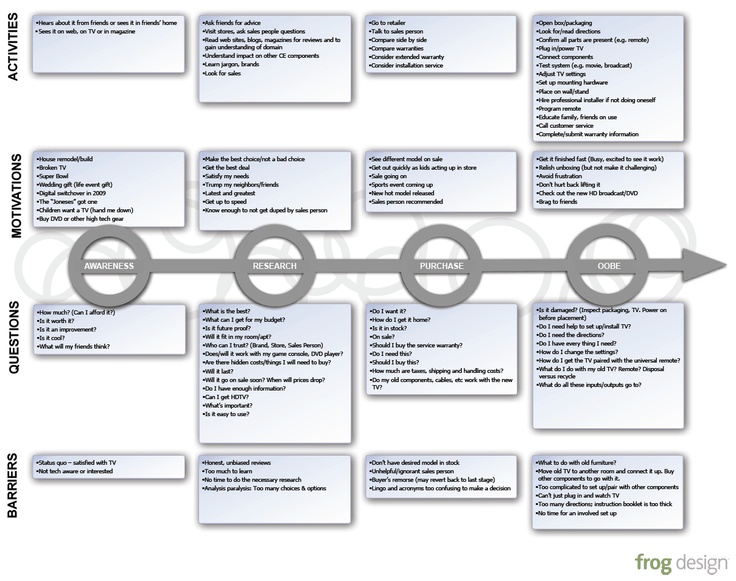 Our research design let us account for individual differences in ideal assortments, study assortments as they are experienced in real life, and investigate whether the degree of overload or deprivation predicts the degree of (dis)satisfaction with choices.
Our research design let us account for individual differences in ideal assortments, study assortments as they are experienced in real life, and investigate whether the degree of overload or deprivation predicts the degree of (dis)satisfaction with choices.
Taken together, we think our findings have meaningful implications both for researchers studying decision-making and for marketers, policymakers, and others in positions of power over people’s choices. First, our research suggests that choice overload might be receiving a disproportionate amount of researchers’ and practitioners’ attention. Although it can be unpleasant to have too many options, it is often much more harmful to have too few—especially when the number of options is not enough to meet people’s basic needs. And, globally, most people report experiencing deprivation most of the time, underlining the need to put more effort toward understanding and addressing a lack of choice. If there’s one problem to prioritize, it’s a scarcity rather than an abundance of options.
We observed important cross-cultural differences—most notably, not only was overload less frequent in the non-Western countries, sometimes it wasn’t even harmful.
Second, because we didn’t see a consistent effect on satisfaction for the degree of overload, we suggest that adding a few additional options to an assortment may not strongly change the experience of those who are already feeling choice overload. Rather, adding a small number of options that can better meet some consumers’ needs may not have a large downside, and when considered alongside the greater harm of deprivation relative to overload, it may sometimes make sense to err on the side of providing too large rather than too small an assortment.
Third, from a managerial perspective, it’s time to add more nuance to thinking about product assortments. The common wisdom that overload is a pressing problem needs to be refined; deprivation may also be an issue, and marketers may need to more carefully study and track consumer perceptions and experiences to understand whether they need to shrink, grow, or otherwise alter their offerings.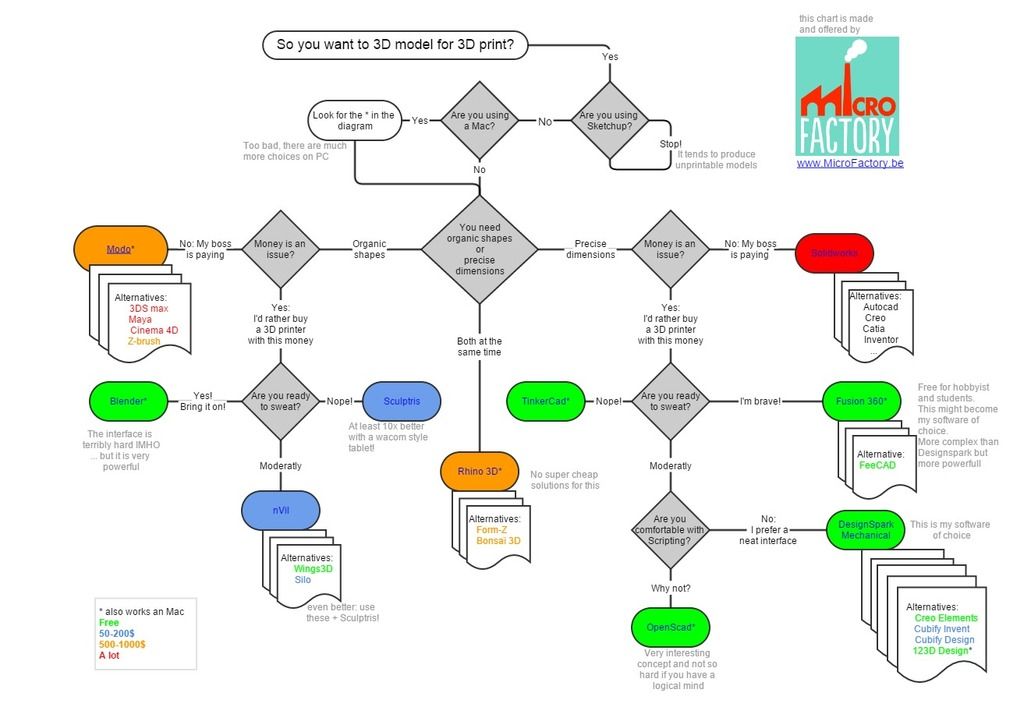 And this will vary across domains: based on our findings, managers of some product lines (e.g., soft drinks) should be more concerned about the negative consequences of choice overload than should be the managers of other products (e.g., cars). Choice assortments may also need to be adjusted depending on country and cultural context: while large assortments of soft drinks (or similar consumer goods) are likely to negatively affect the satisfaction of American consumers, our work suggests large assortments of soft drinks are unlikely to make Japanese customers unhappy.
And this will vary across domains: based on our findings, managers of some product lines (e.g., soft drinks) should be more concerned about the negative consequences of choice overload than should be the managers of other products (e.g., cars). Choice assortments may also need to be adjusted depending on country and cultural context: while large assortments of soft drinks (or similar consumer goods) are likely to negatively affect the satisfaction of American consumers, our work suggests large assortments of soft drinks are unlikely to make Japanese customers unhappy.
It is important for both academics and practitioners to heed how different the various choices are from each other. Often in the cases of choice explosion, overload seems to be the issue due to the sheer number of choices but a closer inspection can reveal that the differences between the choices are illusory and trivial. Therefore, in these cases, the reduction in the satisfaction levels could actually be traced back to choice deprivation as the chooser was not given enough choices that were perceived to be meaningfully different from each other. Therefore, one can speculate that more nuanced thinking not only about the number of choices but also about the differences among the choice options within the choice set could help managers affect the feelings of deprivation and overload.
Therefore, one can speculate that more nuanced thinking not only about the number of choices but also about the differences among the choice options within the choice set could help managers affect the feelings of deprivation and overload.
Finally, the cross-cultural differences in our research make it clear that decision-making researchers have to expand and diversify how they study choices. The picture painted by lab experiments conducted in the U.S. with consumer goods provides only a partial picture of how consumers around the globe experience choice deprivation and choice overload in their everyday lives across a wider range of choice domains. Although this conclusion underlines a pressing limitation of our existing body of knowledge, we are hopeful that it will also pave a path to a more accurate and more nuanced understanding of choice experiences in years to come. Researchers, marketers, and consumers will all benefit from improving theories of both choice deprivation and choice overload.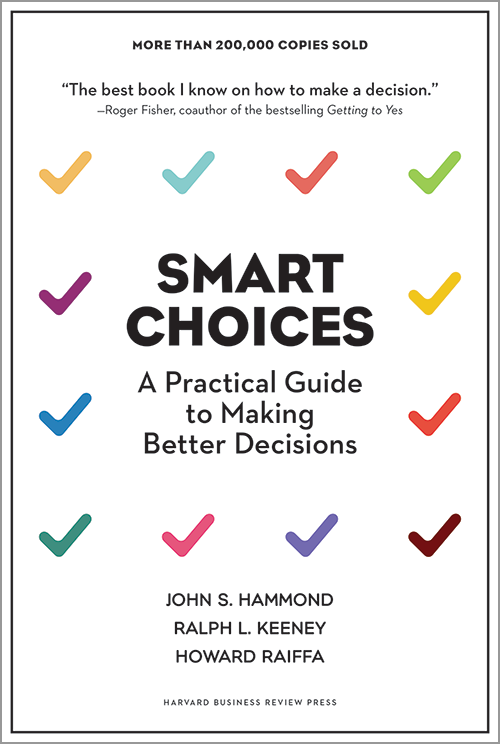
Disclosure: Barry Schwartz is a member of the Behavioral Scientist’s advisory board.
How to Choose when You Have Too Many Options
Research says that having too many choices actually decreases a person’s ability to take action. Sound familiar?
People get stuck. Increasingly as we reach certain levels of success, the reason is a surprising one: we actually have too many choices. We’re paralyzed by them, plagued in turn by self-flagellation, frustration and a gnawing stagnancy.
If this is your situation, then you may feel as if you’re standing on a ledge, toes hooked over the side, with no idea how you got there exactly or what to do next. But there you are just the same.
Consider an early retiree who can do just about anything with the next 20 years , but doesn’t have any idea what to do. Or a successful consulting firm executive who is burned out, yet can’t determine how to take a left turn from the steady job he’s held for a decade.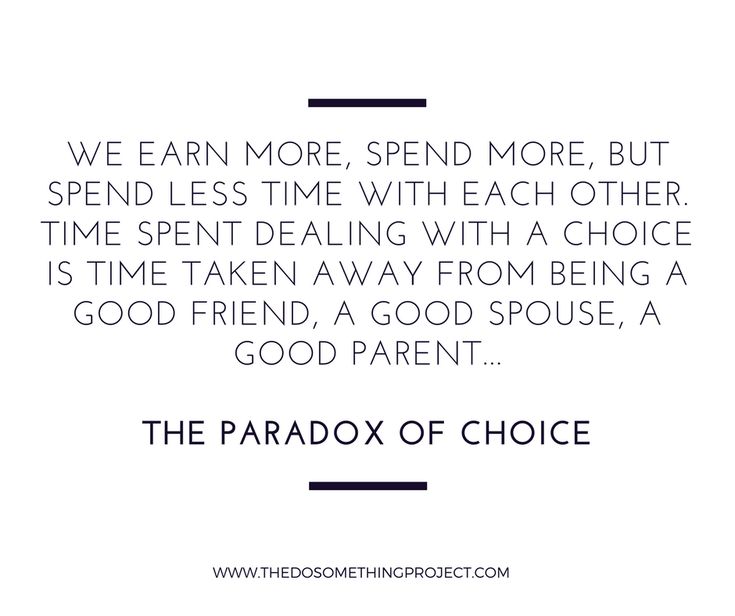 And even the college student who can major in anything, and can’t decide which is the best intersection of her talents with market need.
And even the college student who can major in anything, and can’t decide which is the best intersection of her talents with market need.
You can get the picture pretty quickly. Having too many choices is actually harder than a defined few.
In his well-known work, psychologist Barry Schwartz, calls this choice paralysis. He argues that more choices make us less likely to take action, and to be less satisfied with our eventual decision. With so many great options, we can only blame ourselves if we’re not meeting our own standards, and we engage in frequent regret about the roads not taken.
In this TED talk, Schwartz cites research that when people are given more options for their 401K account, they actually put off the decision rather than making it. Retailers know well that having too many choices makes buyers less likely to purchase. Complexity leads to indecision, leads to stagnation.
Which comes back to our modern condition, with its increase in complexity. These decisions both life changing and not, will only get harder. No one is arguing for less choice here, only that there’s power in acknowledging why we’re stuck, and learning how to move with less certainty.
These decisions both life changing and not, will only get harder. No one is arguing for less choice here, only that there’s power in acknowledging why we’re stuck, and learning how to move with less certainty.
It calls to mind MIT lecturer Otto Scharmer’s great U Theory, of how we get ourselves through change by a combination of inward work and incremental movement. As Tony Robbins says, “The greater degree of uncertainty that you can comfortably live with, the richer your life will be.”
I don’t have a simple fix for getting unstuck in a sea of choices, and frankly, I suffer from the same issue myself managing a constantly evolving coaching practice. I can only offer what’s helped me, and my clients, create movement, and to start wading through the muck that is any kind of change.
1. Allow for ideas without action.
Change of any kind requires reflection, but not so much that we get lost in analysis paralysis. Set aside a space and time for ideation, without requiring action.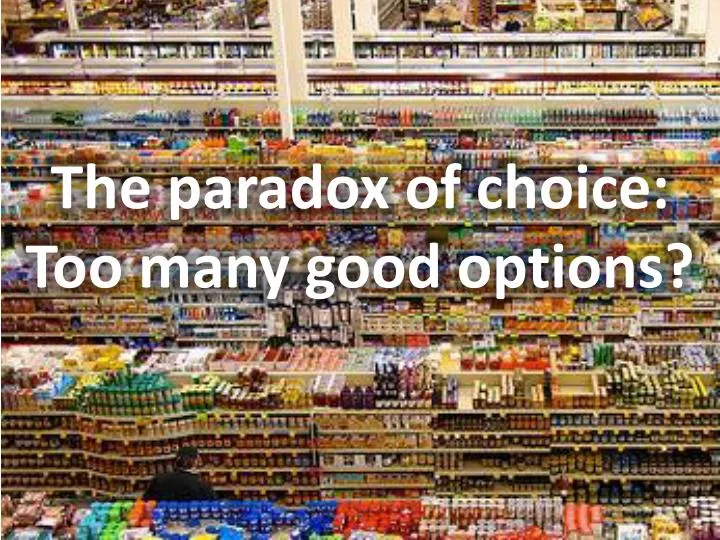 Keep a list of your best ideas and revisit it once a week. Give yourself three months to determine your plan. Or go on a solitary retreat for a weekend. Allow the ideas to flow and give yourself parameters to think while reducing the pressure that it’s some excuse not to act. Good reflection will actually help you move more swiftly and save time in the end.
Keep a list of your best ideas and revisit it once a week. Give yourself three months to determine your plan. Or go on a solitary retreat for a weekend. Allow the ideas to flow and give yourself parameters to think while reducing the pressure that it’s some excuse not to act. Good reflection will actually help you move more swiftly and save time in the end.
2. Beware of all or nothing thinking.
I hear this frequently in coaching. Clients will set up stark differences between their choices, thereby making any movement that much harder. For example, I have to quit my high-paying job and be financially strapped if I follow my dream of nonprofit work. There’s always a middle ground, and so be diligent about finding it and increasing your options. In this instance, you could ask to cut your hours back, and work part-time for a nonprofit. Or even keep your job and start your own foundation.
In his Wall Street Journal column, psychologist Dan Ariely discusses the unchangeability bias that blocks our decision making. When we see something as immutable, i.e. changing our career or moving, then we get even more blocked. The cure? Reframing changes as “trials,” because after all, isn’t that what most decisions really are?
When we see something as immutable, i.e. changing our career or moving, then we get even more blocked. The cure? Reframing changes as “trials,” because after all, isn’t that what most decisions really are?
Rarely is the choice as black or white as we make it out to be.
3. Find ways to sample the future possibilities.
When we’re faced with change, we spend an inordinate amount of time guessing what the future state looks and feels like with scant actual research. Figure out how to get some good data by asking people currently in the opportunity you’re considering what their lives are like. If you can, even sample the opportunity before you commit to it. Thinking about taking a year off to travel alone, try spending two weeks doing it first. Experiential learning (or close to it) can bring great clarity, and a deeper wisdom.
4. Take an effectual approach.
The reality is that choices beget choices. You just can’t know what options will be open to you at Point C when you’re still at Point A. You have to trust that movement is positive, and that you have the ability to continue to create opportunities for yourself. If you start a new company — even if it fails — the network and experience you gain puts you at a completely different vantage point. When you let go of predicting the entire journey, you can focus on the more manageable decision of what’s the first road to take.
You have to trust that movement is positive, and that you have the ability to continue to create opportunities for yourself. If you start a new company — even if it fails — the network and experience you gain puts you at a completely different vantage point. When you let go of predicting the entire journey, you can focus on the more manageable decision of what’s the first road to take.
As we head to the end of one year, and the beginning of the next one, it’s a natural time to reflect on the change we want to see in our lives. If you’re feeling stuck by too many options, share your story here or @kristihedges.
Kristi Hedges is a leadership coach, speaker and author of Power of Presence: Unlock Your Potential to Influence and Engage Others. Find her at kristihedges.com and @kristihedges.
Image by: Stuart Miles.
« The Ridiculous Choice This 8-Year-Old Has To Make
Warrior For The Human Spirit »
Another of the many options for 'third hand'-2
Personal diaries
Subscribe to the author
Subscribe
Don't want
3
Good day to you, my friends.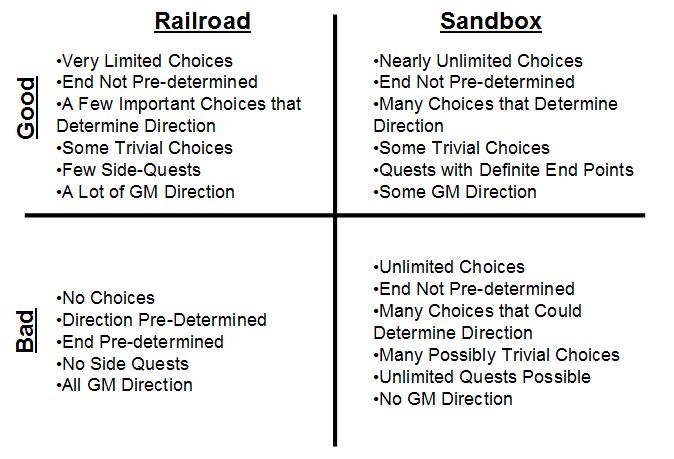
Here somehow I posted with this a number of both positive and negative comments.
The drilling machine is in the following stage:
1
The theme is really raw and there is no urgent need for it yet.
I promised a link to the source, but damn it somehow turned out so obscenely that he didn’t save me, forgive me, adherents of morality and criticism of my morality.
But what I'm posting now is that this post is:
https://3dtoday.ru/blogs/menher/another-one-of-the-many-variants-of-the-third- hand/
has become a very handy tool for all sorts of different differences.
I added some stuff, printed it out, and fixed it with super glue. As a result, today we got a VERY CONVENIENT TOOL FOR MODELING AND SETTINGS, namely:
The fact is that this is a kind of commercial project, so I removed the wires, and I won’t show the board that I already assembled in print.
So why am I publishing? - I just want to show the possibilities of developing this idea:
For those who are engaged in ARDUINO - therapy :-) This, I think, will be, if not interesting, so informative for sure.
Take care of yourself, my friends, make full use of free sources, create and God bless you!
Subscribe to the author
Subscribe
Don't want
3
More interesting articles Loading
03.11.2022
442
four
Subscribe to the author
Subscribe
Don't want
Great video about BMG extruder artifacts. We look through Yandex browser with translation...
We look through Yandex browser with translation...
Read more
nik_vr
Loading
11/05/2022
1810
four
Subscribe to the author
Subscribe
Don't want to
I've been planning to print something from TPU for a long time, but I never got around to it. And just now it was necessary to do...
Read more
ski
Loading
04/17/2018
23636
91
Subscribe to the author
Subscribe
Don't want
Greetings!
Recently there have been several threads on bar splicing,
and to start.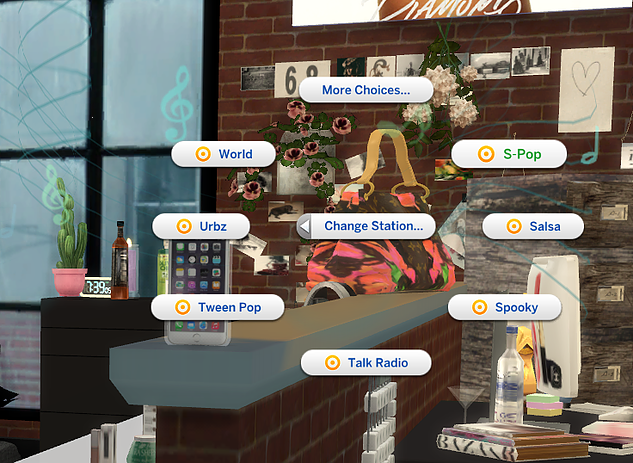 ..
..
Read more
How to choose the right shade from the many options?
Today, many color charts offer an almost endless selection of shades. Given such a huge variety, for the implementation of all our ideas, you may need a separate room or even an apartment. As a rule, we choose a new shade based on the existing interior and our own preferences. Usually the biggest problem is that we do not know where to start and how to choose from a variety of options for the main one.
The best solution is to start with a color chart. To get started, choose the color categories that you like the most visually and fit your space, such as neutrals and pastels, blues for kitchen cabinets, or perhaps some shades of green, yellow, or purple. To this end, we have created a color map HGMIX INTERIOR COLLECTION , where all shades are grouped into separate color categories. We recommend limiting yourself to three categories, after which it will be much easier to make the right choice!
First decide on the brightness and depth of the hue.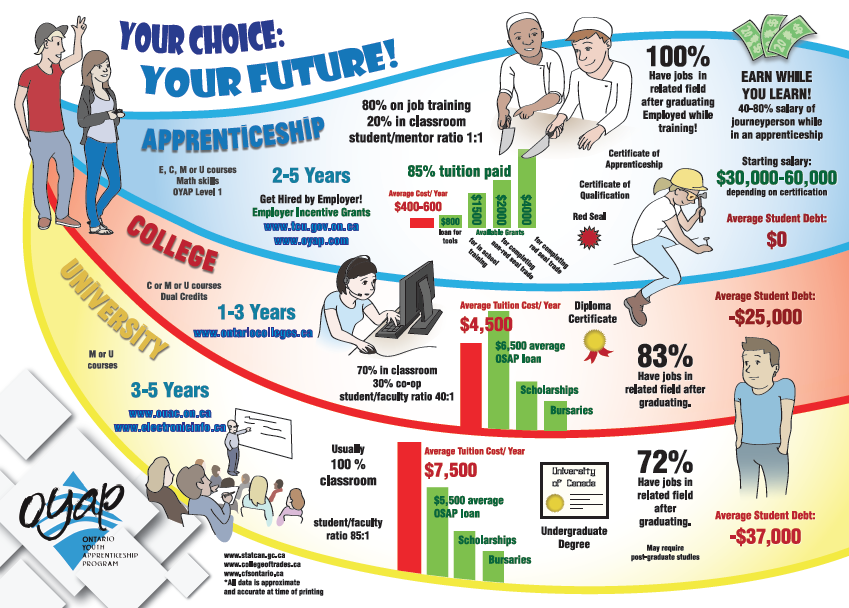 Here it is necessary to take into account the level of illumination in the room. For bright rooms with plenty of daylight, darker, more saturated colors will work. Do not be afraid of grayish or dirty shades, as in a bright room such colors will look cleaner and lighter. For a large and unevenly lit space, an interesting effect can be achieved by choosing a deeper hue for larger, more lit areas, and a softer, brighter hue of the same color for smaller, less lit areas. The contrast of shades can be as you wish. Two similar shades of the same color can achieve subtle contrast and a soft transition, while strong contrast, on the contrary, will bring more variety to the space.
Here it is necessary to take into account the level of illumination in the room. For bright rooms with plenty of daylight, darker, more saturated colors will work. Do not be afraid of grayish or dirty shades, as in a bright room such colors will look cleaner and lighter. For a large and unevenly lit space, an interesting effect can be achieved by choosing a deeper hue for larger, more lit areas, and a softer, brighter hue of the same color for smaller, less lit areas. The contrast of shades can be as you wish. Two similar shades of the same color can achieve subtle contrast and a soft transition, while strong contrast, on the contrary, will bring more variety to the space.
The next step is to select a color shade. As we know, colors are mainly divided into warm and cold, although it is not always possible to make a clear distinction between them. For example, green can be both warm and cool, depending on the undertone of the hue. However, the undertone can only be determined by comparing several similar shades. If a shade has a bluish or grayish undertone, it is usually categorized as a cool color. As a rule, these colors are chosen when the room has a lot of dark wood products, a concrete floor, marble elements or a lot of natural light that can be diluted with cooler shades. Colors with warm undertones tend to be yellows, oranges, or pinks; they give a feeling of softness and comfort. These colors are chosen when light wood products or large pieces of furniture in light shades predominate in the room; they are suitable for both light and darker rooms.
If a shade has a bluish or grayish undertone, it is usually categorized as a cool color. As a rule, these colors are chosen when the room has a lot of dark wood products, a concrete floor, marble elements or a lot of natural light that can be diluted with cooler shades. Colors with warm undertones tend to be yellows, oranges, or pinks; they give a feeling of softness and comfort. These colors are chosen when light wood products or large pieces of furniture in light shades predominate in the room; they are suitable for both light and darker rooms.
Particular attention should be paid to the undertone when choosing a white shade. We usually don't pay much attention to white, although a carefully chosen shade can completely change the look of a room. Neutral or pure white, pure white without undertones is usually used for a very dramatic look, for example, in combination with black. On the other hand, white pieces of furniture can appear gray against snow-white walls.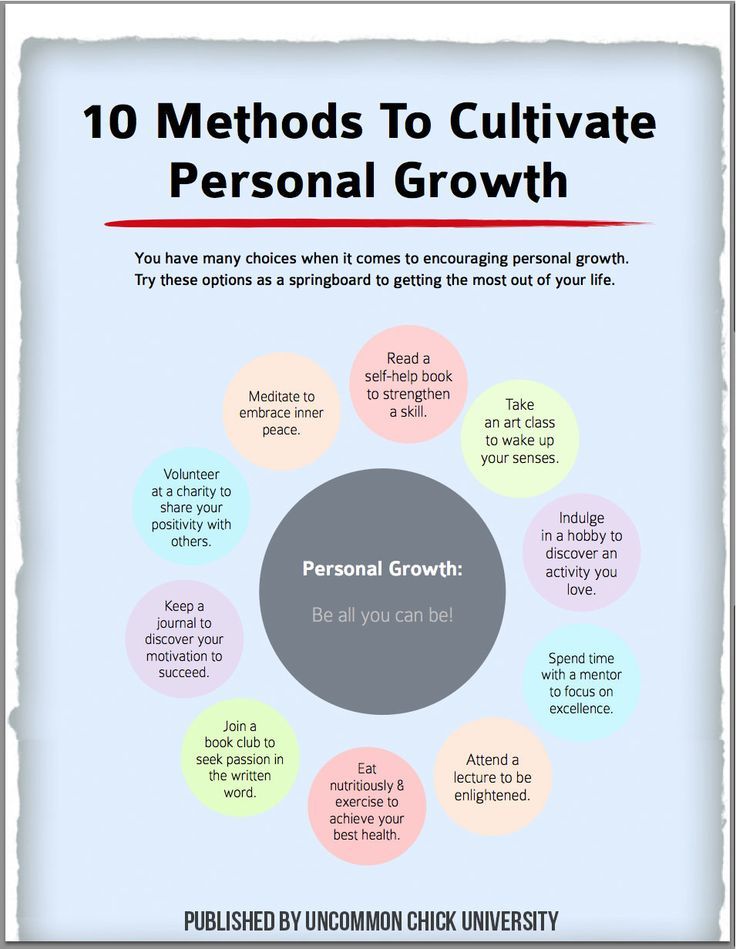 It is also worth noting that when choosing white, special attention should be paid to the color of sockets, switches, window or door frames, as a bright white color will emphasize any grayish or, more likely, yellowish tint in the interior.
It is also worth noting that when choosing white, special attention should be paid to the color of sockets, switches, window or door frames, as a bright white color will emphasize any grayish or, more likely, yellowish tint in the interior.
When choosing a shade, it is recommended to consider all rooms in the house. Soft shades in the hallway will make the space visually more open, which is very important for small spaces. We advise you to limit yourself to a small number of colors and repeat them in different variations in all spaces of your home.
After you have decided on the choice of shade according to the color map, you need to test it. Please note that over large areas, the color of the paint may look completely different than on the color card. On a large surface, the end result tends to be more pronounced, and the appearance of the paint may change depending on the level of light and the amount of light in the room. Therefore, before proceeding with the repair, we advise you to purchase a small amount of paint with a certain level of gloss.


